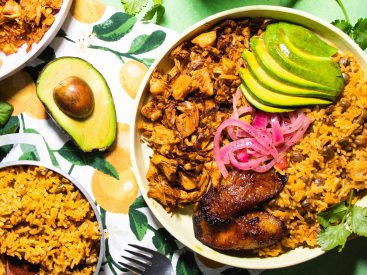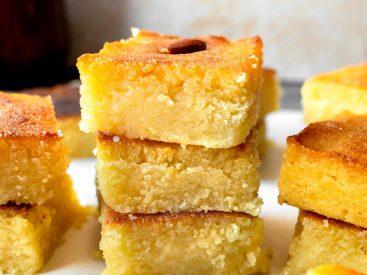Food There are suggestions on what to serve your enemy and what to serve dear friends when you have forgotten that they are about to visit you and you have very little time to whip something up to impress them. Nobel laureate Abhijit Banerjee. Photo: Reuters In an age […]
Delicious!
Delicious!



